Video game linearity matters: here's why
Grand Theft Auto has a lot to answer for. I’m not talking about the decade of tabloid hysteria following the release of the third game, or the fact that--as an unfortunate by-product--the world actually paid attention to Jack Thompson for a while. All of that stuff, ultimately, was good for games. We got free publicity, we got mainstream coverage, and inevitably, we were vindicated when everyone realised how silly the whole made-up controversy was.
No, Grand Theft Auto’s greatest crime, which coincidentally also lasted around a decade, was that it seemed to make a generation of game designers think that ‘linear’ was a dirty word. And for me, games lost a great deal as they journeyed along that path. I’m not a big fan of open-world games, for reasons that I’ll get into a little later on. Now the few that I like, I love. Red Dead Redemption, Grand Theft Auto V, Batman: Arkham City, Skyrim, Borderlands… All stunning experiences. But the ones that I love, I love because they’re not strictly open-world games, not in the strictest, most traditional sense.
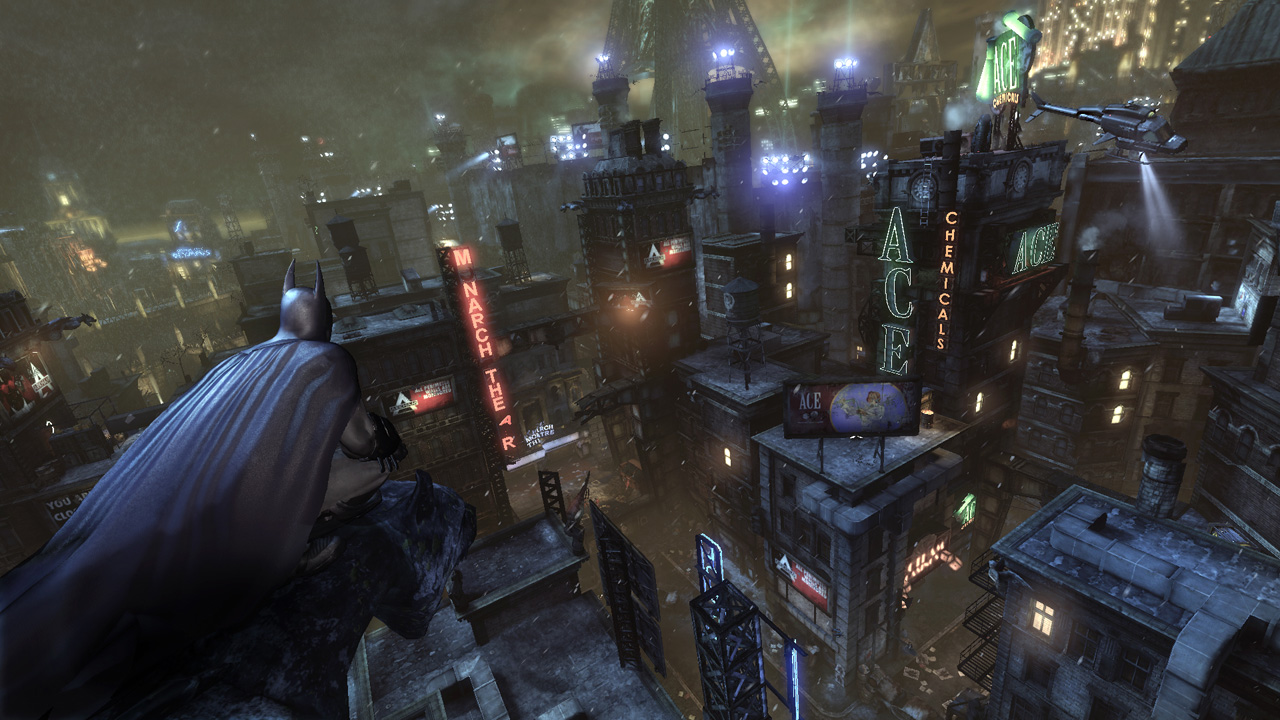
You see for me, the faddish obsession with wide-open design that came along after GTA III’s entirely understandable success didn’t expand the horizons of game development, but hamstrung it. In the scramble to jump onto the open-world bandwagon, many devs became so concerned with openness and scale that they lost track of the intricacies of game design that make for the really compelling experiences. That’s a problem that I think games have only just in recent years recovered from, hence the largely contemporary nature of the games listed above. And ironically, they’ve made that recovery by seasoning--nay, tempering--their openness with the good old fashioned linearity that free-roaming games initially sought to leave behind.
While linear game design does not bring with it the illusion of freedom that an open-world game does, it has one massive advantage. Structure. Think about your favourite, most resounding memories of your favourite games. How many of them came about via pure, open-world freedom, and how many of them were the product of structured level design, and developer-led pacing and set-pieces, combined with your own input into those situations? I’m willing to bet that the majority are cases of the latter.
While non-linear games can bring about some excellent, emergent gameplay from time to time, the most exciting and resonating moments in gaming still come from the type of calculated, structured drama that springs from predesigned parameters unfolding within specially designed environments. The random factor of non-linear design throws up great anecdotes, but truly affecting, intense, satisfyingly challenges, victories and crescendos need level design.
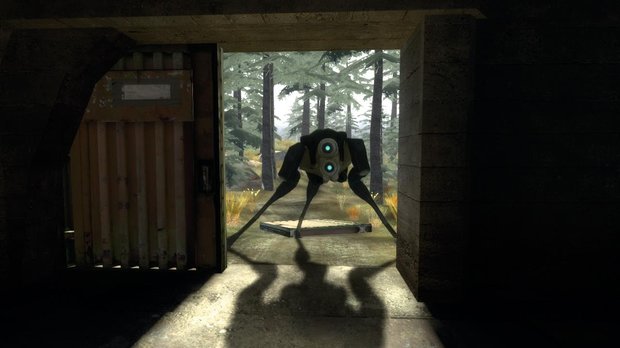
Half-Life and Half-Life 2. Two of, if not the best, first-person shooters ever made. What makes them good? Free-form, improvised gunplay within very structured environments and scenarios, which are in turn designed with very specific intended effects on the gameflow. Halo and F.E.A.R. are the same. Their firefights are fuelled by high-level, dynamic enemy AI, but their linear level designs, even in relatively open areas, are the engines that give that fuel purpose. They shape what’s possible, for both the game and the player.
They sculpt lists of possible behaviours and reactions--both AI and player-driven--into narratives, struggles, and specific turning points in an overarching story. And then around all that you have scripted and semi-scripted set-pieces, and developer-dictated pacing, that create the overall sense of journey and resolution that makes so many single-player games such satisfying and enriching experiences.
Sign up to the GamesRadar+ Newsletter
Weekly digests, tales from the communities you love, and more
Think about Call of Duty 4. The core gunplay is slick but unremarkable, as is the case for every entry in the series. But ask anyone--even the staunchest CoD-hating modern day anti-fanboy--about the first Modern Warfare game, and they’ll rightly sing its praises to the heavens. Why? Because its set-pieces and structure are excellent. This stuff is that important.
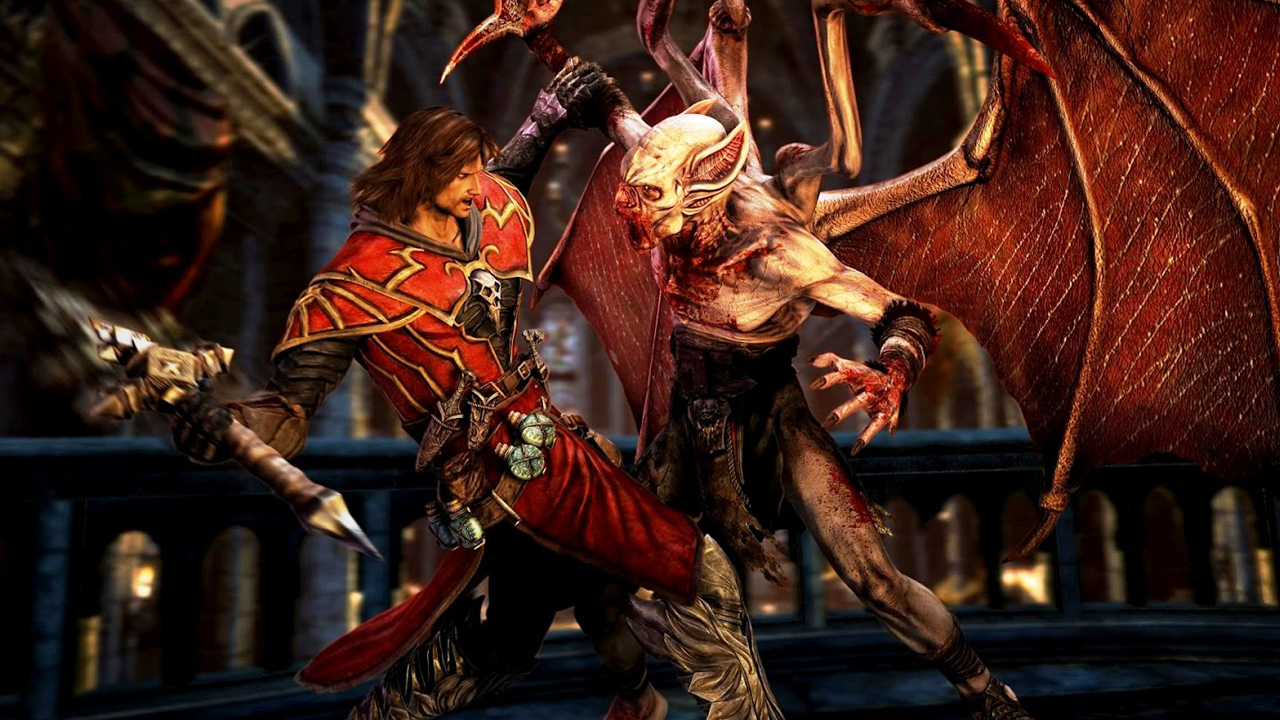
And linearity isn’t just important in creating stand-out moments. It can really help make a game more coherent, more cohesive, and much stronger as an overall work. Castlevania: Lords of Shadow is one of the best games of the last generation. No question about it. It’s also one of the most linear games on any post-16-bit hardware. Every step of the way, that makes it a stronger game. Over the course of Gabriel’s journey into the literal and figurative heart of darkness, CLoS displays a unified intent, tone, and sense of dedication to its chosen purpose unmatched by most other games of the last eight years.
Each ‘level’ in CLoS plays out in a resolutely straight line, contained by almost totalitarian use of level boundaries and fixed camera angles. You don’t go anywhere the game doesn’t want you to go. You don’t see anything the game doesn’t want you to see. But the entire game is realised with such an immaculate, deliberate, articulate sense of sheer direction--in both senses of the word--that this potential flaw is only ever to the game’s most extreme benefit.
By ensuring that what is on-screen is always a deliberate composition; by eschewing any tonally inconsistent side-quests and tangents; by simply cutting out any and all potential for the player fucking about, CLoS creates one of the most artistically consistent, utterly tangible worlds and atmospheres seen in any game of recent times. At the same time, it affords the player one of the steepest, densest, yet most unintimidating learning curves I can remember. It also does a flawless job of pushing the player ever-forward with the same immense, steadily growing momentum possessing its increasingly obsessed hero. On every single creative level, linearity and focus maketh the game.
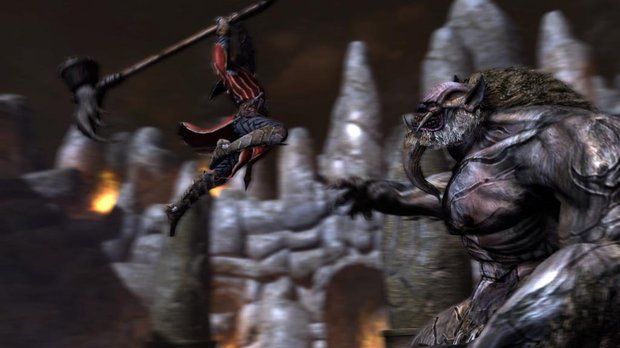
Less linear games, I found until recent years, always failed to impress me by presenting the opposite of all that. While evoking a great sense of immersion in their chosen worlds via the freedom to explore, the vagueness of structure inherent to that freedom traditionally turned me off due to the lack of developer intent in the experiences provided. Early GTA games, for instance, always bored me after the initial gosh-wow of their world building, as a result of their flaccid, samey mission structures, limited as they were by the very openness of the overworld they played out in.
But things are, as I said earlier, improving a great deal, as a direct result of the reinfusion of linearity. GTA 5 has some of the best mission design in the series so far, stemming from a greater use of interior level design and more frequent, set-piece driven missions occurring ‘outside’ of the overarching hub map.
The same is true of all the open-world games I praised at the start of this article. Arkham City is effectively a smartly-paced, linear adventure that plays out within a giant, explorable film set, enjoying the twin benefits of deliberate level design and an immersive sense of real place. Red Dead, Borderlands and the Elder Scrolls series, while less structured than the previous two examples, do great work by way of threading linear, standout missions, dungeons, and shooting raids through the big-picture composition of their vast canvases. See also iD Software’s Rage for a great example of the same structure.
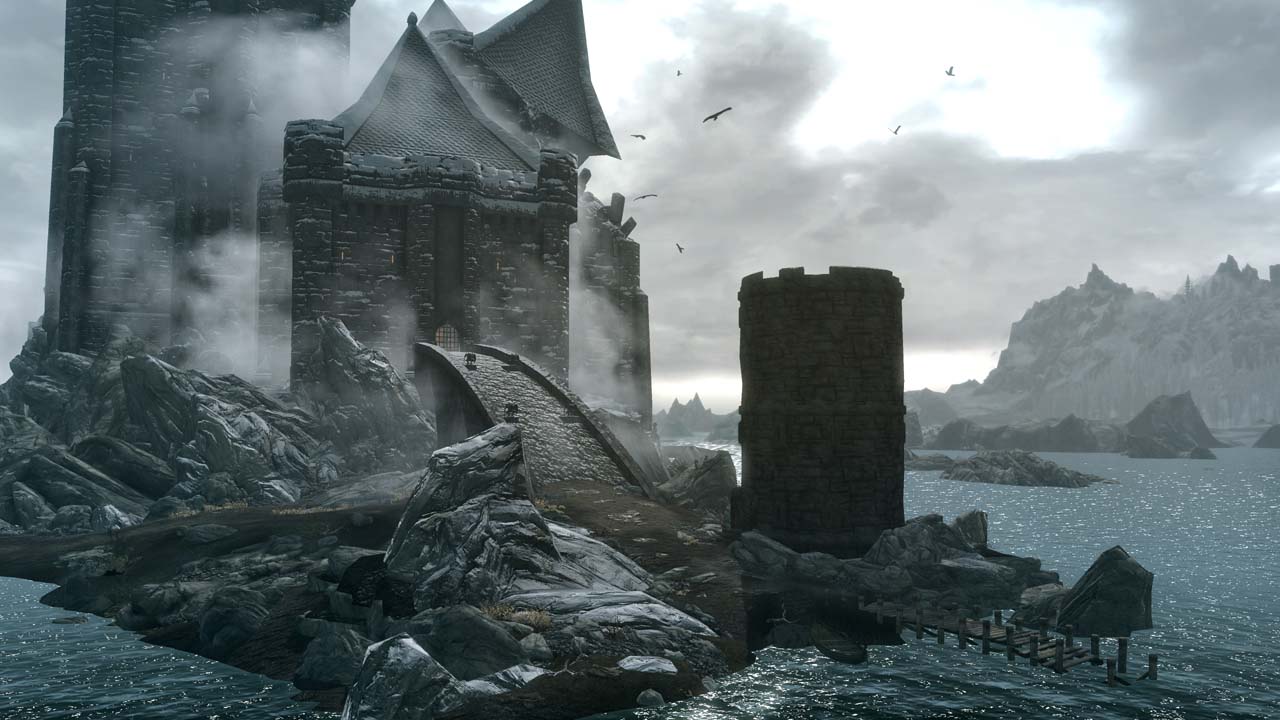
So it seems that after the initial, frantic race to make games as open and free-form as possible, developers are now settling into a more mature, more satisfying model. And that’s only right. Any new innovation is exciting at first, by nature of its sheer newness, but ultimately nothing in isolation ever presents the one, true answer. Smart use of any design element--much like smart adoption of any philosophy or political viewpoint--is not about taking an individual idea to its nth degree, but about understanding how and why it can compliment and strengthen the full roster of existing, often seemingly contradictory possibilities.
I’m going to keep on enjoying GTA 5’s glorious, evocative world. I’m going to keep exploring Skyrim, ever-drawn to the horizon by that next interesting-looking cave I’ve spotted several miles away. I’m going to gleefully jump straight into Borderlands 3 when and if it’s released, and I’ll immediately drive off into its beautiful cartoon wilderness in search of a bandit camp to raze to the ground. And I’m going to love all of that. But I’m going to be even happier when my picturesque, ambient journey rewards me with something of real substance at its end.



